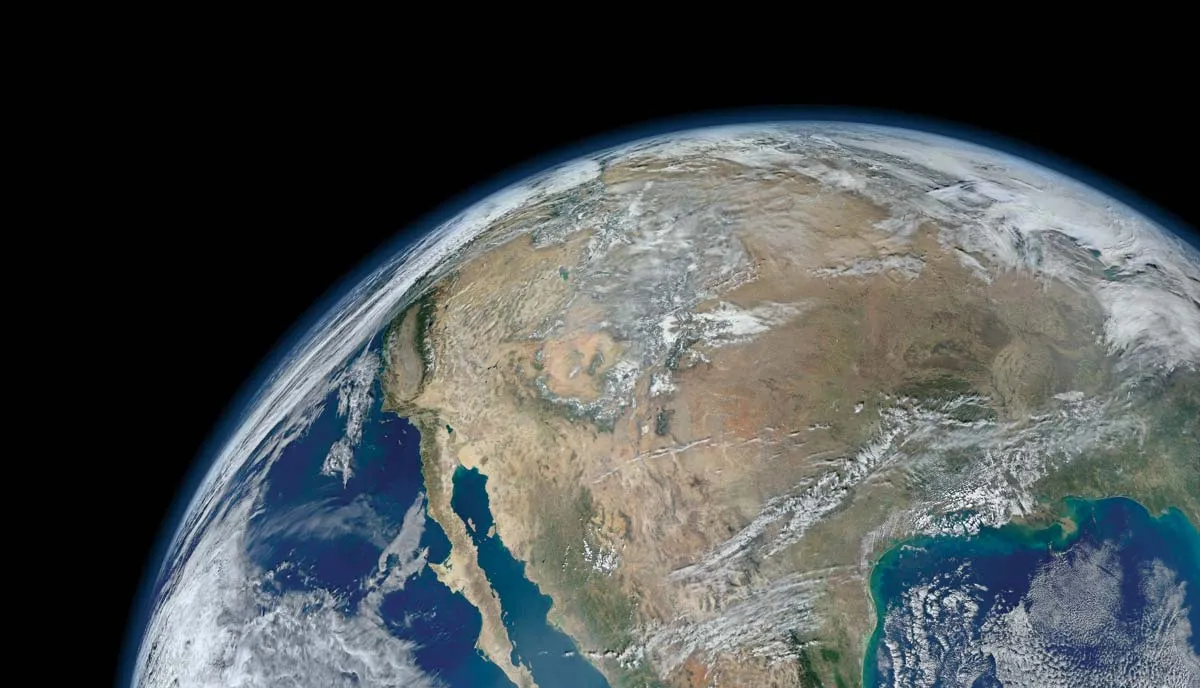Now Reading: How the Water Cycle Shapes Life on Earth 2025
-
01
How the Water Cycle Shapes Life on Earth 2025
How the Water Cycle Shapes Life on Earth 2025

Table of Contents
The water cycle is one of the most important natural systems on Earth. It keeps our planet hydrated, helps grow food, supports all forms of life, and plays a major role in the weather. But even though we see rain and clouds every day, many people don’t fully understand how the water cycle works.
This article explores key facts about the water cycle in simple, easy-to-understand language. Whether you are a student, a curious reader, or someone who enjoys learning about the world around you, these facts will help you see water in a whole new way.
What is the Water Cycle?

The water cycle, also called the hydrological cycle, is the continuous movement of water on, above, and below the surface of the Earth. Water moves through different stages like evaporation, condensation, precipitation, and collection.
This cycle never ends. It has been going on for billions of years, making sure water is always available in different forms – whether it’s in oceans, rivers, underground, or even in the clouds.
Key Stages of the Water Cycle
- Evaporation
This is the process where water from oceans, lakes, rivers, and even soil changes into water vapor due to the heat from the sun. Even sweat evaporates from your skin. The sun plays a big role here, providing energy for evaporation to happen. - Condensation
Once water vapor rises high into the sky, it cools down and turns back into liquid water. This forms clouds. Condensation is what causes those white, fluffy shapes you see in the sky. - Precipitation
When clouds become too heavy, the water falls back to Earth as precipitation. This includes rain, snow, hail, or sleet. The type of precipitation depends on the temperature of the air. - Collection
After water reaches the ground, it gathers in oceans, rivers, lakes, and underground. This is called collection. Some of this water will again evaporate, and the cycle continues.
Interesting Facts About the Water Cycle
1. The Water on Earth Today is Ancient
The water you drink may be the same water that dinosaurs drank millions of years ago. The water cycle keeps recycling the same water, again and again.
2. The Sun is the Engine of the Cycle
Without the sun, there would be no evaporation. And without evaporation, there would be no clouds, no rain, and no life as we know it.
3. 90% of Atmospheric Moisture Comes from Oceans
Even though we see rivers and lakes on land, about 90% of water vapor in the air comes from the oceans through evaporation.
4. Water Exists in All Three Forms
The water cycle shows how water can change its form — liquid (rain), solid (snow or ice), and gas (water vapor). This is why water is often called the most flexible substance on Earth.
5. Plants Play a Role Too
Plants release water into the air through a process called transpiration. Together with evaporation, this is known as evapotranspiration. Forests and green spaces help keep the water cycle in balance.
6. Human Activity Can Disrupt the Cycle
Pollution, deforestation, and urbanization can interfere with the natural flow of the water cycle. For example, cutting down trees reduces transpiration, and pollution can poison water sources.
7. Only 3% of Earth’s Water is Fresh
Even though water is everywhere, only a small amount is fresh water, and even less is usable for drinking. Most of it is locked in glaciers or underground.
8. Clouds Are Not Weightless
An average cloud can weigh over 1 million pounds. That weight is made up of tiny water droplets formed during condensation.
9. Precipitation is Not Just Rain
Many people think of rain when they hear precipitation, but snow, hail, and sleet are all forms of precipitation caused by different temperatures and conditions in the atmosphere.
10. The Cycle Helps Regulate Climate
The movement of water and the heat it carries help balance temperatures around the world. It plays a role in cooling and warming different regions.
Why Understanding the Water Cycle Matters
Understanding the water cycle is not just about science. It helps us make better choices in daily life. If we know where our water comes from, we can protect it better.
- Farmers use knowledge of the water cycle to grow crops.
- City planners use it to design better drainage systems.
- Environmentalists use it to fight climate change.
- You can use it to understand why it’s raining or why your garden needs more watering in summer.
How We Can Help Protect the Water Cycle

While the water cycle is a natural system, humans can influence it in both good and bad ways. Here are some simple ways we can help:
- Save water by turning off taps and fixing leaks.
- Plant trees and protect green spaces.
- Avoid throwing chemicals or waste into water bodies.
- Use rainwater harvesting systems at home.
Every small step helps keep the water cycle healthy, which in turn supports life on Earth.
Final Thoughts
The water cycle is one of the most powerful and beautiful systems in nature. It connects oceans to clouds, rivers to roots, and even people to the planet. Knowing how it works and what affects it gives us a deeper respect for water and a stronger reason to protect it.
The next time you see rain, feel the ocean breeze, or drink a glass of water, remember — you’re part of the same cycle that has supported life for billions of years.
Read More:- Deyaar’s Latest Announcement Shakes Up the UAE Property Market






















